QUESTION: I just started a new company, and we are deciding which benefits we can offer our employees. I would like to offer paid time off for things like vacations and illness, but I’m not sure how much to provide and how to structure it. Can you share some insights based on what other companies are doing?
ANSWER: In today’s fast-paced, high-demand work environment, the concept of work-life balance has gained significant traction. One of the most effective ways employers can support this balance is by offering Paid Time Off (PTO) to their employees. PTO, which includes vacation days, sick leave, and personal time, is not just a perk but a crucial component of a healthy, productive, and engaged workforce. To get the most out of your time off program, keep the following considerations in mind as you draft your policy:
HOW MUCH TO GIVE AND WHO IS ELIGIBLE?
Be sure to check your state laws related to required paid time off for employees. Michigan recently adopted new legislation requiring paid sick leave for all employees no matter the company size. See the Articles section of our website for more specific information about that requirement.
In general, many small employers begin employees with as much as two weeks of PTO and often start this benefit after an onboarding period – typically between 30-90 days. If your company decides to offer separate vacation and sick banks instead of a combined PTO bank, you might consider five days of vacation and five days of sick for a new hire. After one to two years of service, you might consider increasing the total amount of PTO/vacation by one week. For long-time employees, and if the ongoing schedule can accommodate it, many companies increase this again, for a maximum benefit of four weeks. Generally, this benefit level is reserved for those with five+ years of tenure as an incentive for longevity.
Another common strategy is to create different benefit levels for more senior positions within your company, with supervisors and managers earning PTO at a higher rate than entry-level employees.
A recent trend is to also offer PTO for part-time employees. So, if you have an employee who regularly works less than a full-time schedule, they could receive paid time off too, but the amount of time awarded is prorated proportionally based on the number of hours they typically work. E.g. An employee working 50% of a full-time schedule would receive 50% of the PTO benefit.
HOW DOES PAID TIME OFF ACCUMULATE?
You can decide if employees accrue PTO incrementally throughout the year or if you want to make a lumpsum deposit in their time off bank with their full annual allotment of hours that can then be drawn upon for the remainder benefit year. Both systems have merit, so choosing the right one for your company will depend on your employees’ tendencies and how much flexibility you want to have around this offering.
You will want to consider whether to allow the rollover of unused PTO from one benefit year to the next, have a use-it-or-lose-it policy, or offer a payout option for unused time at the end of the benefit year. There are pros/cons to each of these options that should be considered when developing your policy.
HOW CAN PAID TIME OFF BE USED?
It is very normal for some companies to restrict PTO during certain times of the year that are the busiest. To be effective you should create a policy and clearly communicate and reinforce it with potential candidates and employees.
Given the coverage needs for your customers, proactively scheduling PTO whenever possible is critical for supporting ongoing business operations. You can create a policy requiring advanced notice.
Lastly, owners of small businesses may take time off during the year and close their company during that period. In these cases, staff may be required to use their PTO. We are seeing more companies who allow flexibility by offering the option to take that week as unpaid instead of forcing staff to coordinate their PTO with the owner’s vacation schedule.
WHAT HAPPENS TO UNUSED PAID TIME OFF WHEN AN EMPLOYEE LEAVES?
Unless you have entered an employment contract that states otherwise, there is no law in Michigan that requires the payout of unused paid time off benefits. However, many companies will agree to pay a departing employee their unused time off IF certain requirements are met. E.g. provide proper notice in writing, work the full notice period, return all company property in good working condition, etc.
Offering Paid Time Off is more than just a benefit—it’s a strategic investment in the well-being, productivity, and loyalty of employees. By providing ample and flexible PTO, you can enhance your employees’ mental and physical health, boost creativity and productivity, and improve retention and attraction of talent.

